Best Time to Travel to Africa
How do you avoid gorilla trekking in the rainy season? When is the ideal time to experience the Great Migration? Should you avoid ‘peak season’?
Our thorough list below will offer great insight and can assist in building your next African adventure. We explain the best time to travel to each region, and why.
South Africa
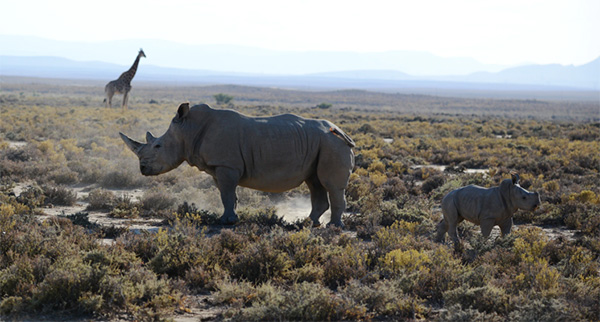
Photo by Ken Goulding on Unsplash
JUNE TO OCTOBER – Ideal time for game viewing.
YEAR-ROUND – Cape Town and the Winelands.
With rugged mountains, white sandy beaches, penguins along the Cape, delicious wines, and culture, Cape Town provides a well-rounded choice for the Safari lover who wants to add a variety of experiences to their itinerary.
South Africa enjoys a high percentage of clear and sunny days. The climate is generally mild throughout the year, though this can change by region. Cape Town can be enjoyed year-round, although can be wet during June-September. The below guideline is for safari destinations.
June – October: Winter is the long, dry season and peak time for game viewing. On Safari, shorter grasses make wildlife viewing easier. Animals gather around waterholes and game is thriving. June through August brings cold mornings but beautiful sunny days. September and October are pleasant and warm.
November: Lush green landscapes and wildflowers emerge, a great haven for photographers. However, long grasses make wildlife viewing a bit trickier.
December – March: The Green Season is the hottest time of year; lush landscapes, rippling skies, morning and afternoon thunderstorms. Wildlife is more spread out. Avoid February and March when rains are heavy.
April – May: Fall brings enjoyable temperatures and occasional showers.
Botswana
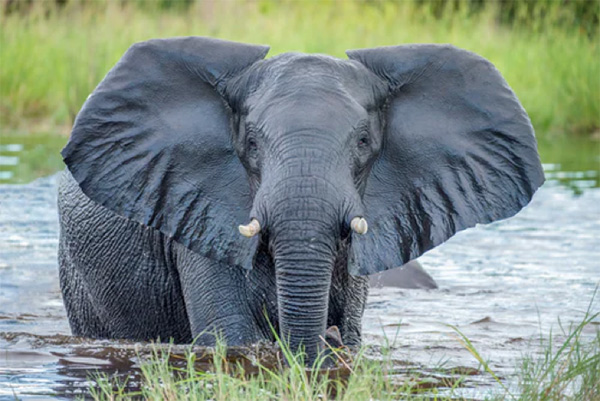
Photo by Felix M. Dorn on Unsplash
MAY TO OCTOBER – Ideal time for game viewing.
Intimate wildlife encounters, watering holes and wild places, the infamous Okavango Delta; this diamond of a country will leave its impression on your heart long after your departure.
May – October: Like South Africa, winter is the long, dry season and peak period for game viewing, with shorter grasses and animals seeking watering holes. June through August, waters begin to flow into the floodplains. July is the coldest month.
November – April: As the waters of the Delta recede during the Green Season, wildlife is more spread out. Expect morning and afternoon showers or storms with sunny days. This is the best time for landscape photographers and birdwatchers, and the optimal time for wildlife in the Kalahari.
Zambia & Zimbabwe (Victoria Falls)
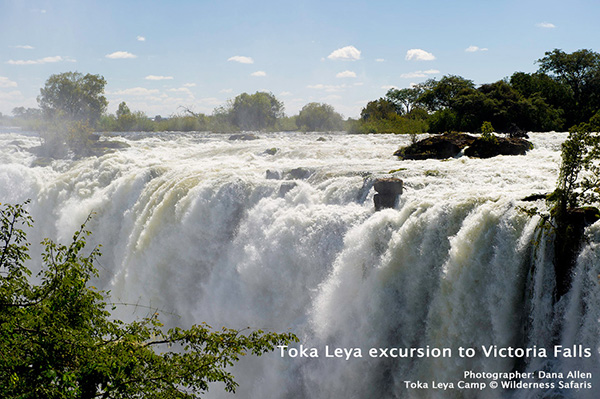
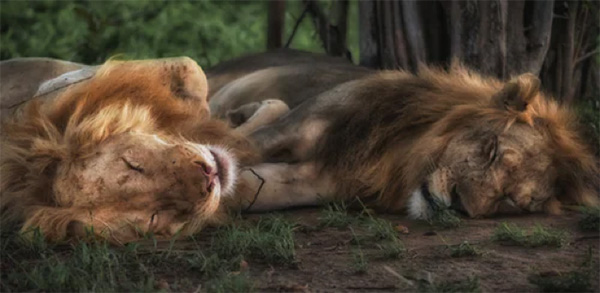
Photo by Johanneke Kroesbergen-Kamps on Unsplash
JUNE TO SEPTEMBER – Ideal time for game viewing.
JULY TO SEPTEMBER – Best time to visit Victoria Falls.
The extraordinary Victoria Falls may be on your bucket list, but Zambia and Zimbabwe have some of the most remote and untouched wildlife viewing with few tourists. Game drives, bush walks, evenings under the stars, camps positioned along snaking waterways.
June – September: The peak period for game viewing. Wildlife is easier to spot in drier landscapes. May-June receives so much water that the Falls can be obscured by spray. July-August can be cold but is the ideal time to view the Falls from either the Zambia or Zimbabwe side.
October – November: By September-October, water levels at the Victoria Falls are low and best viewed from the Zimbabwe side. This is the hottest time of year and can be unpleasant, especially on Safari. November offers shoulder season pricing for a great value.
December – April: Many Safari camps close during Green Season due to heavy rains. Lodges and hotels around Victoria Falls are open year-round.
Namibia
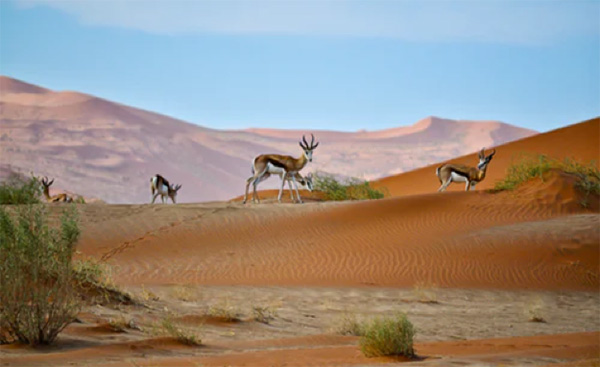
Photo by Arne Smith on Unsplash
MAY TO SEPTEMBER – Ideal time for exploration.
Extraordinarily beautiful isolated landscapes in an untamed land, desert-adapted wildlife, and remote tribes. The Skeleton Coast boasts infinite blue skies against rust-colored sand dunes and consists of the world’s oldest desert – the Namib. From June-September, temperatures can plunge to freezing in the mornings, with brilliant sunny days. This is the peak season.
May – October: The best conditions for wildlife viewing and moderate day time temperatures are during the dry season.
April, May and November: The transitional months consist of a moderate climate, and a fusion of the Green and dry seasons.
December – April: Spectacular thunderstorms add drama to the sky, wildflowers bloom and wildlife is more spread out during the Green Season. Excellent photography opportunities with fantastic lighting. During this time, temperatures rise, especially in the desert.
Kenya
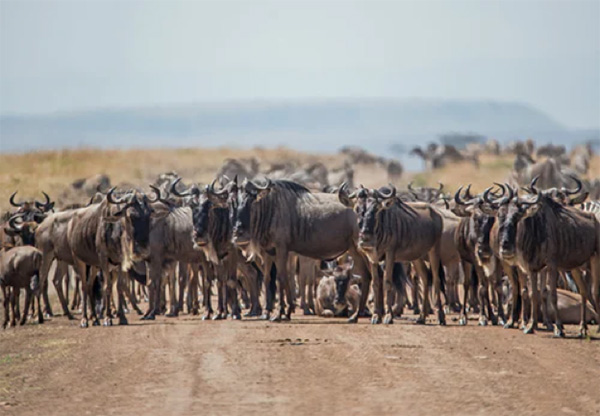
Photo by Arne Smith on Unsplash
JULY TO OCTOBER – Ideal time for game viewing.
Home to some of the highest concentrations of wildlife in Africa. The Great Migration. Wildebeest in the thousands cross the Mara River, wildlife congregates around water sources, cool mornings and the peak time to travel during the dry season.
November – Mid-December, April-May: The two rainy seasons bring heavy rains and splendid fertile landscapes. Wildlife is more spread out. Some areas can receive heavy rains, others are more tolerable. Muddy roads can become inaccessible and camps close during April-May.
Mid-December – Mid-March: The transitional months- dry season. This is the hottest time of year with lots of babies around after the rains. February can be particularly hot.
Tanzania
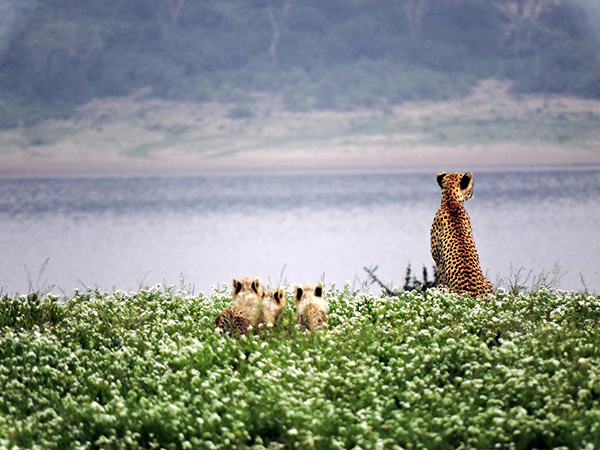
Cheetah mom and her cubs in Ndutu - Photo by Dave Van Rooy
JULY TO OCTOBER – Ideal time for game viewing.
This country holds many traveler’s bucket-list dreams; the Serengeti, the Ngorongoro Crater, the Great Migration. Tanzania also provides little secrets like remote chimp trekking opportunities, a very cultural beach holiday in Zanzibar, and trekking Mount Kilimanjaro.
July – October: Wildebeest in the thousands make their way across Tanzania. Wildlife opportunities are varied during the cooler peak season. Tarangire boasts massive elephant migrations during this time.
November – Mid-December, April-May: Like Kenya, the two distinct rainy seasons provide lush green landscapes with dramatic stormy skies. Wildlife is more spread out. Some areas can receive heavy rains, others are more tolerable. Many camps close in April-May when muddy roads are inaccessible.
Mid-December – Mid-March: The transitional months during a shorter dry season. This is the hottest time of year, particularly February. It’s calving season for zebra and the wildebeest in the Southern Serengeti.
Rwanda & Uganda
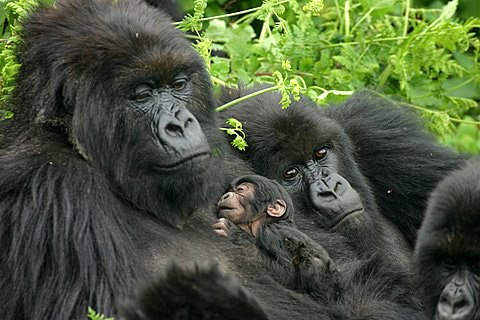
JUNE TO OCTOBER, DECEMBER TO MARCH – Ideal time for gorillas.
Rwanda and Uganda straddle the enormous mountain we call home to the incredible gorillas. Discover the lush green jungles and hills, cultural encounters, beautiful people and safari opportunities in this region. Chimpanzees and golden monkeys can also be seen. In general, humidity here is much higher than the rest of East Africa.
June – October: Ideal gorilla trekking weather and the best time for wildlife viewing is during the dry season. Mornings and evenings are cool. This is peak season.
December – March: The second dry season with warmer temperatures. Will begin to heat up in February.
November, April – May: Rainy seasons are best avoided if you are here to see the gorillas. Trekking can become very muddy and challenging as heavy rains occur. Wildlife is more spread out; landscapes are beautiful and green.
Morocco

FEBRUARY TO MAY, LATE SEPTEMBER TO NOVEMBER – Ideal time for exploration.
A mystical, magical country highlighting the Sahara Desert, winding souks filled with spices and sweets, lush snow-capped mountains, relaxed seaside towns full of history. Delicious food and friendly people welcoming you to discover a culture ingrained over thousands of years.
March – May and late September to November: With ideal temperatures, Spring and Fall are peak seasons in Morocco. Days are warm and sunny, and the evenings are comfortable. This is the perfect time to visit the Sahara and the cities.
December – February: Winter can be cold, especially in the Sahara Desert and Atlas Mountains where temperatures drop below freezing after nightfall. Days are frigid; however, this can be a lovely time to visit if you don’t mind a little cold weather.
Late May – Early September: Summer is very hot, and the sun is unforgiving; the Sahara and cities are best avoided. Coastal towns such as Essaouira, along with the Atlas Mountains provide temperate climates year-round and are great options if this is your preferred time to travel.
Still Unsure?
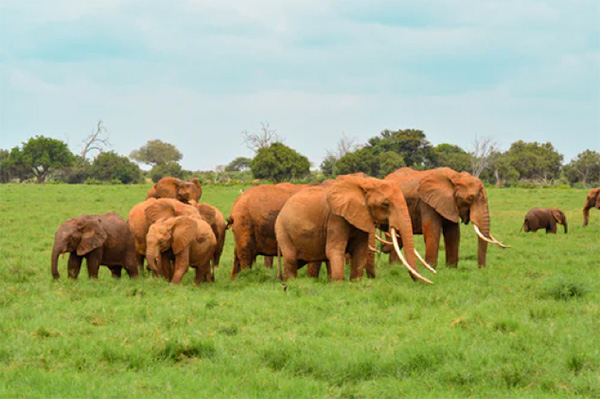
DECEMBER, JANUARY, FEBRUARY, MARCH: Summer in Cape Town and the Winelands. Winter in Morocco. March starting the peak season.
APRIL: Shoulder season in Namibia and peak season in Morocco.
MAY: Game starts to pick up and is best viewed across South Africa, Botswana, and Namibia during this time.
JUNE – SEPTEMBER: Ideal game viewing across South Africa, Botswana, Kenya, Tanzania, Zambia and Zimbabwe. This is the best time to hike with gorillas in Rwanda and Uganda. Peak season in Victoria Falls and the start of peak season in Morocco.
OCTOBER: Ideal game viewing across South Africa, Botswana, Kenya, Tanzania, Namibia. The is also the best time to hike with gorillas in Rwanda and Uganda. Peak season in Morocco.
NOVEMBER: Shoulder season in Namibia and game can be great in Tanzania & Kenya with less crowds.




